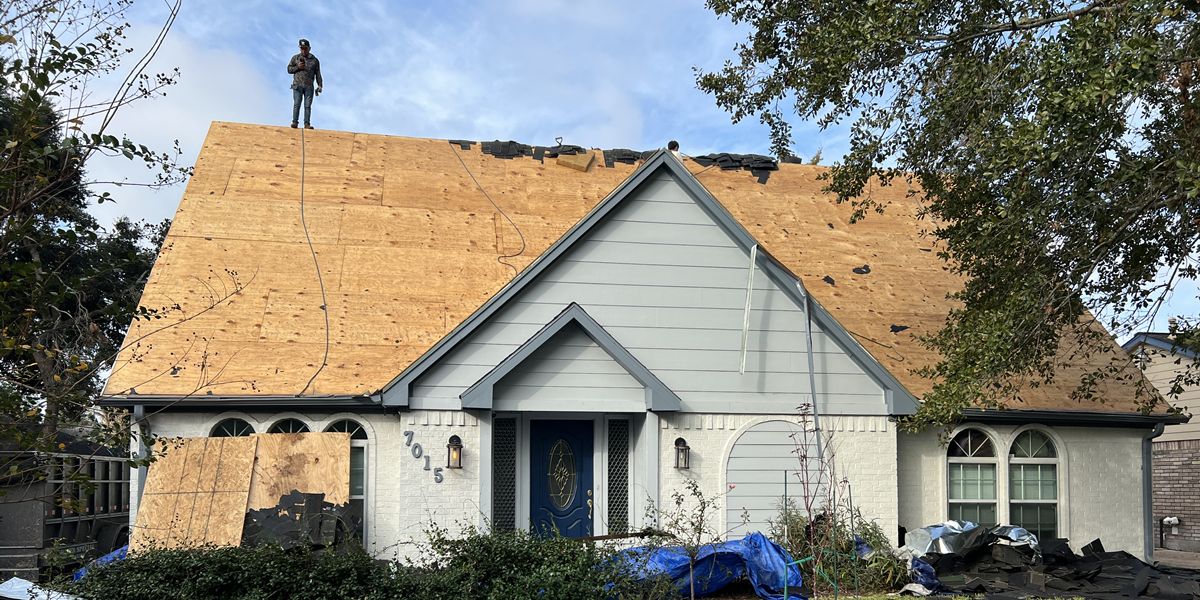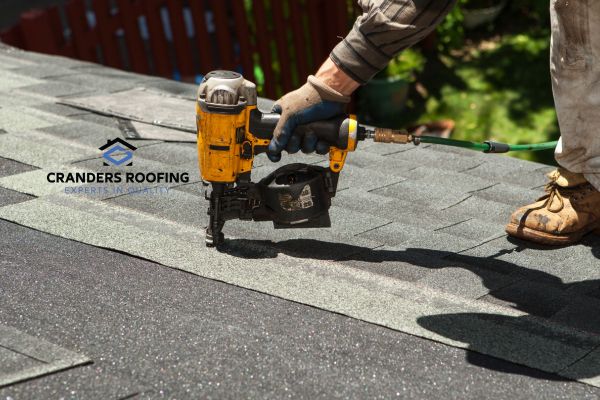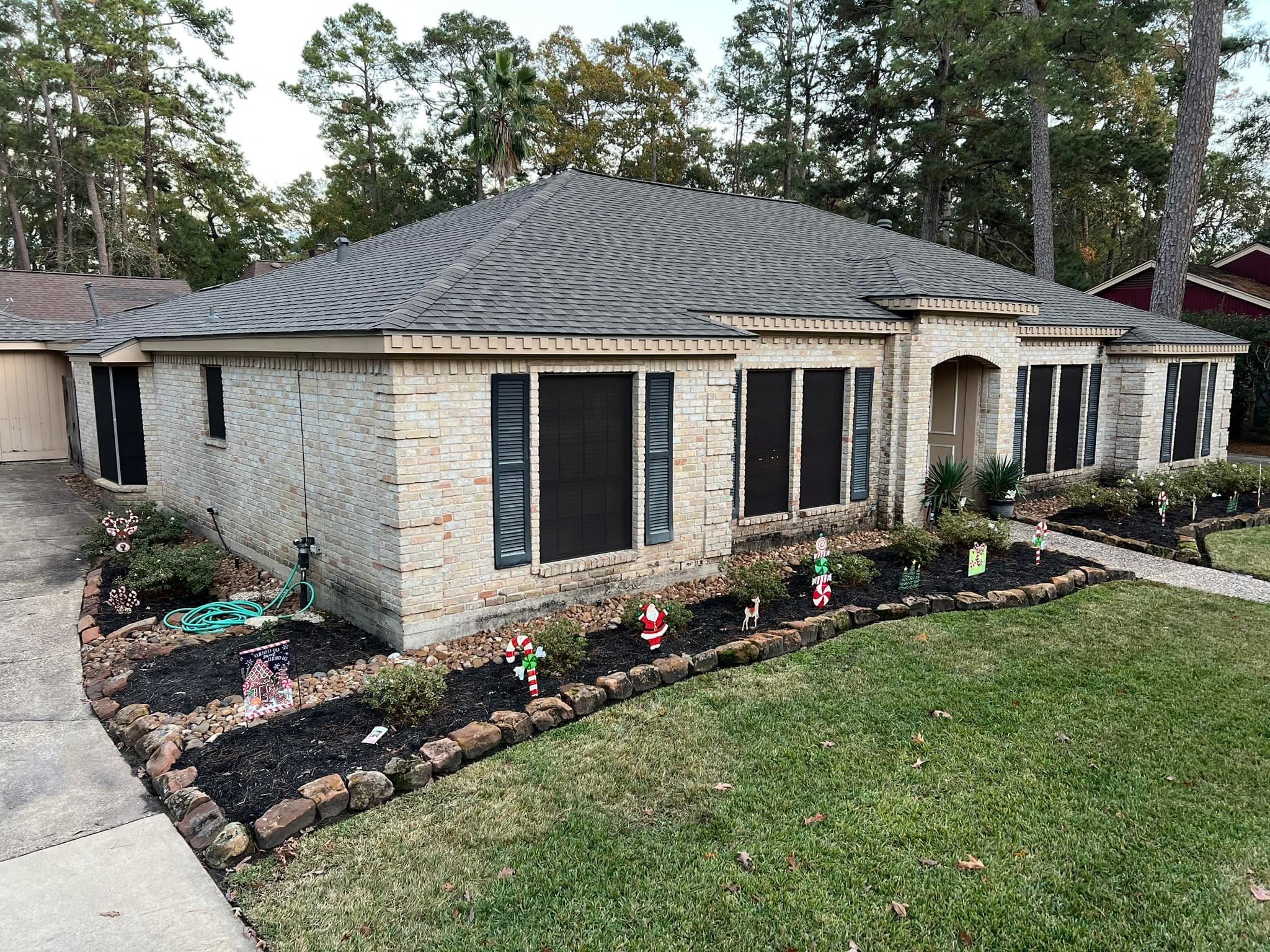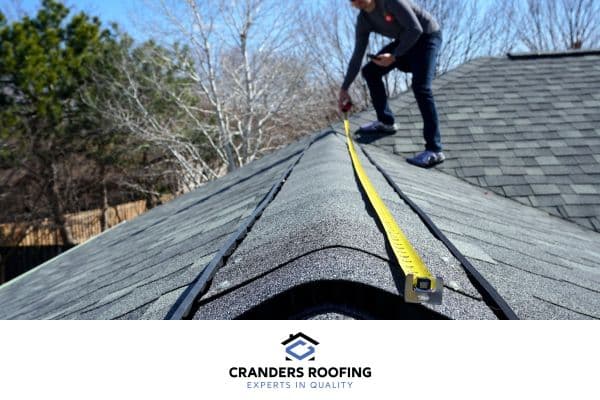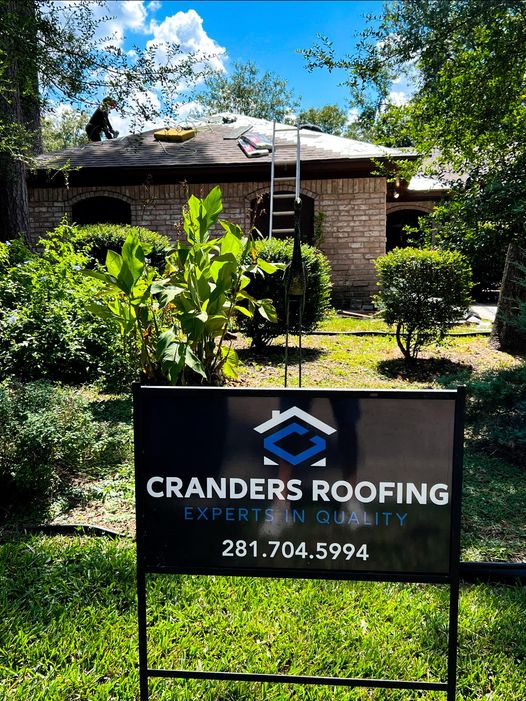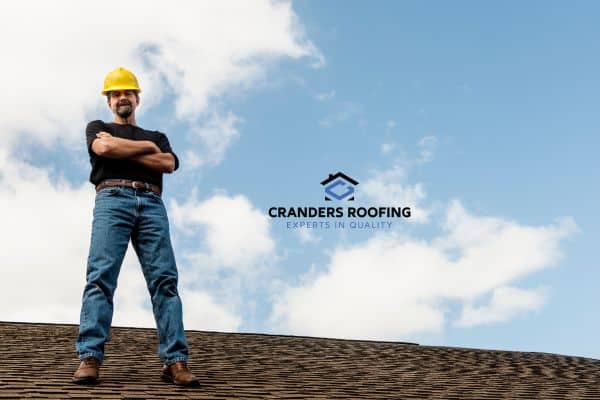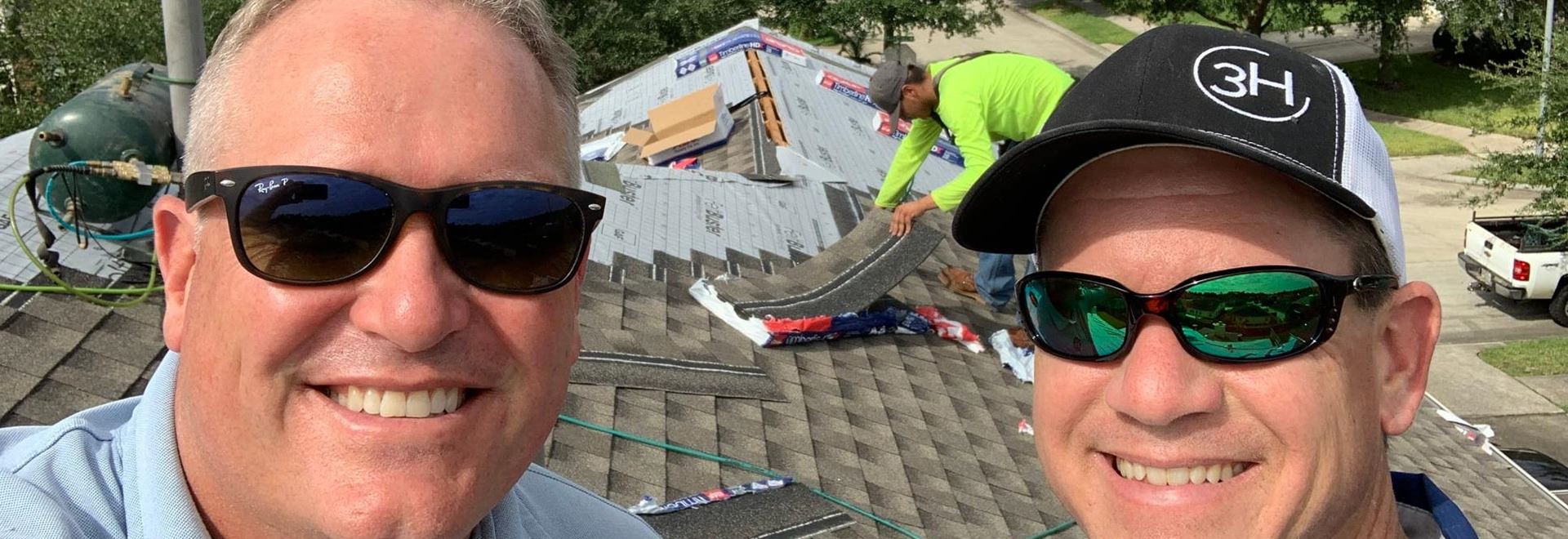Introduction to Residential Roofing Services
Residential roofing services refer to the solutions provided to homeowners to maintain, repair, and install roofs on residential properties. This essential part of home maintenance ensures that the structure remains protected from weather conditions, contributes to energy efficiency, and enhances property value. Roofing services encompass everything from routine inspections to full-scale replacements, each addressing specific homeowner needs. A clear understanding of these services is crucial for homeowners to make informed decisions and protect their investment.
In the diverse climates of Texas, particularly in regions like Kingwood, maintaining a reliable roof is critical. Homeowners face unique challenges, such as intense sun exposure, occasional hurricanes, and fluctuating temperatures. Therefore, engaging with professional roofing contractors familiar with local building codes is critical. This overview will delve into the core components of residential roofing, outline common service types, and offer insights into why professional roofing services are beneficial and often essential.
Overview of Common Roofing Services
Types of Residential Roofing Services Offered
Residential roofing services are categorized into installation, repair, and maintenance. Each type serves a specific purpose, whether addressing weather wear and tear or upgrading for energy efficiency.
Roof Installation: This service involves setting up a new roof on a home, typically during new construction or as a complete replacement for an aging structure. In Kingwood, Texas, common roofing materials include asphalt shingles, which are affordable and durable; metal roofing, which is known for longevity; and tile roofs, which provide aesthetic value and energy efficiency. When choosing materials, homeowners must weigh the cost, lifespan, and local weather resilience.
The decision between new construction vs. replacement also plays a role. New builds allow for flexible material choices, while replacements require considerations like removing the old roof and adapting to existing structures.
Roof Repair: Whether dealing with leaks, missing shingles, or storm damage, roof repairs address both minor and major issues. Regular inspections can catch small problems before they escalate, but sometimes emergencies, like sudden leaks or storm damage, require immediate attention. In Texas, hailstorms and hurricanes are frequent culprits that necessitate such repairs. Homeowners should know the difference between emergency repairs and routine maintenance to budget effectively.
Roof Inspection: Regular inspections are crucial to extending the lifespan of a roof. In Kingwood, contractors recommend bi-annual inspections, particularly after storm season, to comply with local building codes and avoid fines or increased insurance premiums. Inspections ensure the roof's integrity and highlight any need for preventive maintenance, saving homeowners money in the long run.
Benefits of Professional Roofing Services
Hiring professional roofing services offers significant benefits beyond keeping the home dry. Quality workmanship, which reduces the need for frequent repairs, offers long-term cost savings. Professionally installed roofs also increase home value and curb appeal, which is especially important in competitive real estate markets like Texas.
Safety is another critical benefit. Roofing is inherently dangerous, and professional contractors have the tools, training, and insurance to handle the risks. Homeowners attempting DIY roofing may face higher costs from accidents or improper installations.
Detailed Service Descriptions
Overview of Installation Process: Roof installation involves several steps, from tearing off the old roof to installing the underlayment and, finally, the chosen shingles or metal roofing. Professional contractors manage this process to ensure structural integrity and alignment with safety codes.
Material Selection Criteria: Choosing a suitable material involves balancing durability, aesthetic preferences, and cost. Asphalt shingles are cost-effective but have a shorter lifespan than metal or tile, which are pricier but offer more longevity and protection against extreme weather.
Timeline and Project Management: Professional contractors provide clear timelines, typically completing a residential roof installation in a matter of days, barring any unforeseen weather conditions or material delays. Effective project management includes organizing materials, labor, and inspections efficiently to minimize disruption to the homeowner.
Roof Repair
Common Issues Addressed: The most common repairs involve fixing leaks, restoring storm damage, and replacing missing or damaged shingles. Leaks often occur around chimneys or skylights, while storm damage, especially from hail, can be widespread across the roof surface.
Assessment Techniques: Professional roofers use infrared technology and moisture meters to assess damage that might not be visible to the naked eye. These assessments are crucial for providing accurate repair estimates.
Cost Estimates and Budgeting Tips: Roofing repairs can range widely in cost, from a few hundred dollars for minor fixes to several thousand for significant damage.
Importance of Regular Maintenance Programs: Routine maintenance can prevent costly repairs by catching issues early. Roofing companies often use seasonal checklists, focusing on cleaning gutters, inspecting for shingle damage, and checking flashings.
Preventative Measures: Measures like applying sealants or installing gutter guards can extend the roof's life, preventing water damage that might go unnoticed until it's too late.
Maintenance Plans Offered by Contractors: Many contractors offer maintenance packages that include regular inspections, minor repairs, and cleaning services. These packages often provide better value than paying for services on an as-needed basis.
Choosing the Right Contractor
When selecting a roofing contractor, several factors need to be considered:
- Experience and Qualifications: Always check for licensing and insurance, as roofing is high-risk. Texas requires contractors to meet specific state regulations, and homeowners should verify these credentials to protect them in case of accidents.
- Customer Reviews and Testimonials: Online platforms like Yelp or Google Reviews offer insights into a contractor's reputation. Additionally, asking for testimonials or case studies from previous clients can give a clearer picture of the contractor's strengths and weaknesses.
- Requesting Quotes and Comparing Costs: It's advisable to obtain multiple quotes from different contractors to ensure competitive pricing. Homeowners should also be aware of hidden fees or up-charges that may not be evident in the initial estimate.
Addressing Potential Risks
Attempting DIY roof repairs poses several risks, including voiding warranties and improper installations that could lead to more significant problems. Expert consultation is necessary for complex repairs or installations to ensure safety and compliance with local building regulations. Homeowners can use a risk assessment checklist to guide decision-making, focusing on critical areas like safety equipment, material warranties, and contractor credentials.
Case Studies & Empirical Evidence
Several homeowners in Kingwood, TX, have shared success stories of how professional roofing services have enhanced their property values and provided peace of mind during storm seasons. For instance, after the 2020 hurricane season, many residents saw an immediate improvement in insurance premiums after upgrading to impact-resistant shingles recommended by their roofing contractors.
Product Recommendations & Resources
Local suppliers offer a variety of high-quality materials, including brands like Owens Corning and GAF, which are favored by professionals for their durability and energy efficiency. Homeowners can also reference local building codes to ensure compliance, particularly when choosing materials and ensuring the correct type of underlayment is used.
Purchasing Options & Support
Kingwood residents have several options for purchasing roofing materials, including local suppliers like RoofMart or larger chains like Home Depot. Many suppliers offer extended warranties and customer support for DIY projects, though working with a contractor is highly recommended to ensure professional installation.
Residential roofing is a critical investment for homeowners, particularly in regions prone to extreme weather like Humble, Huffman, and Kingwood, TX. By engaging with professional contractors, homeowners can ensure that their roofs meet local building codes and offer maximum protection, aesthetic appeal, and value. Homeowners should prioritize regular maintenance, professional installations, and thorough inspections to safeguard their homes and increase their property value.




